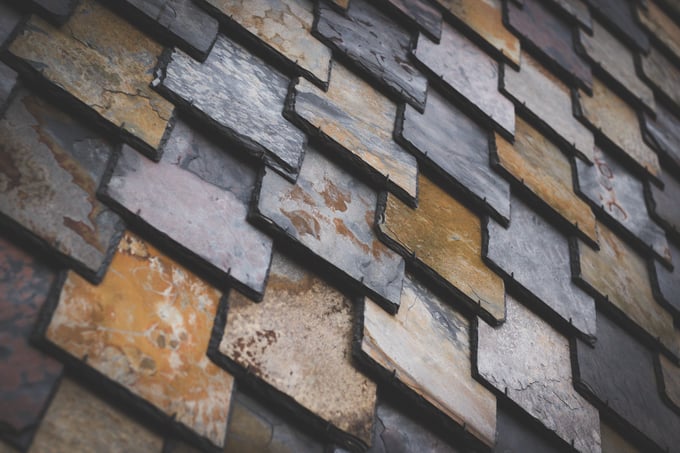
Decoration in ceramics has experienced a number of changes in the last decades. We have seen some hand-made decoration replaced by automated systems when higher production rates were demanded. Flat screens evolved to automated rotating screens, allowing higher production rates and better application results. With an intermediate solution based on gravure silicon rollers, most of the factories today are using inkjet technology.
But, WHY INKJET?
One of the main reasons for switching from one technology to the next has typically been related with performance and flexibility. This was the case of the rotating screens and the gravure rollers. A wider variety of textures and details could be performed by using this new technology, increasing the throughput of the machine as well as generating greater aesthetical possibilities. But, (there’s always a but), they were expensive and their reliability depended greatly on the obstruction of the pores, which in turn generated a potential risk of having different tones and degraded shades, thereby reducing the quality of the manufactured tiles. This kind of problem has been completely solved by the use of inkjet technology.
Inkjet has been used in the printing industry for many years, reaching a level of detail on certain surfaces that make them hard to differentiate between a copy or the original item. When the Ceramic Industry decided to implement such technology, several challenges appeared in the horizon.
challenges
The main challenge was in relation to the amount of colors being used by which different tones were generated. A 4 colour process tone could not match existing tones in standard screen printing, mainly because ceramic pigments have a specific color range. One potential solution is to use a combination of pigments to reach a wider variety of tones, but it is continuously improving.
Intensity was also seen as an issue, as the discharge capacity with existing technology was not enough to bring bright and intense colors. Moreover, final tones were very mild and soft, pastel shade like. The solution was to increase the number of jets for each color, allowing a higher intensity and definition.
Ink prices in the early days were a strong limiting factor, but nowadays its cost has reached more affordable values, though its low industrial margin is making some companies move out of that particular market.
Finally, we have to mention the use of certain compounds, said to be toxic or hazardous in some formulations, especially in the solvent-based inks with water based. being one option that may help solving that issue.
TRENDS
Green aspect is seen as a must in today’s formulations and water-compatible media is now being implemented. Having overcome some of the technical issues faced in its early stages, together with the newly improved jetting systems, has helped to have the right intensity, brightness and tonality, leading to hyper-reality in the Ceramic Industry.
Of course, the use of water-compatible media is conditioned to the use of “green” additives, i.e. not coming from heavy industries, like the oil industry. Fortunately, a new generation of ultra-dispersing biopolymers is helping on this particular aspect, helping the industry to reach the green approach without missing performance.





